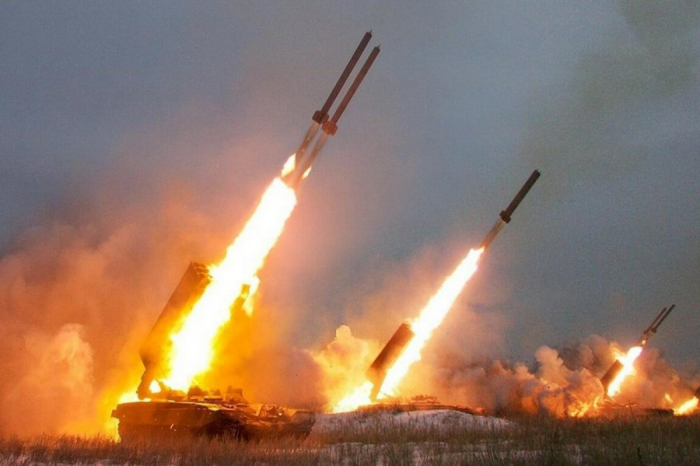It took around 90 minutes for the IDF to clarify the number of rockets fired, but it was already clear that compared to the average of less than 20 rocket sirens per day over the last week, the Lebanese terror group had re-upped its threat level against Israel.
There have also been direct hits in Kiryat Shmona, hits in other places, and fires caused by hits in fields.
Some of the additional areas which were targeted included Malchia, Ramot Naftali, and Beit Hillel.
The IDF said that it had shot down some of the rockets, but failed to shoot down others.
The military did not explain why it missed certain rockets, though given the context, the sudden large volume after a relatively quiet period may have partially taken the air defense apparatus by surprise.
Prior to August 25, Hezbollah had at times launched 100 or even 200 rockets in a day against Israel's North and frequently was launching dozens per day.
On August 25, it was about to fire several hundred in one day, possibly close to around 1,000, including firing deeper into Israel's center, but the IDF launched a preemptive strike, destroying thousands of the terror group's rockets.
Still, Hezbollah managed to launch between 250-350 aerial threats, its largest assault on Israel of the current war.
Since then, Hezbollah aerial threats some days have been in the single digits and have rarely gotten as high as 30.
AzVision.az
















































